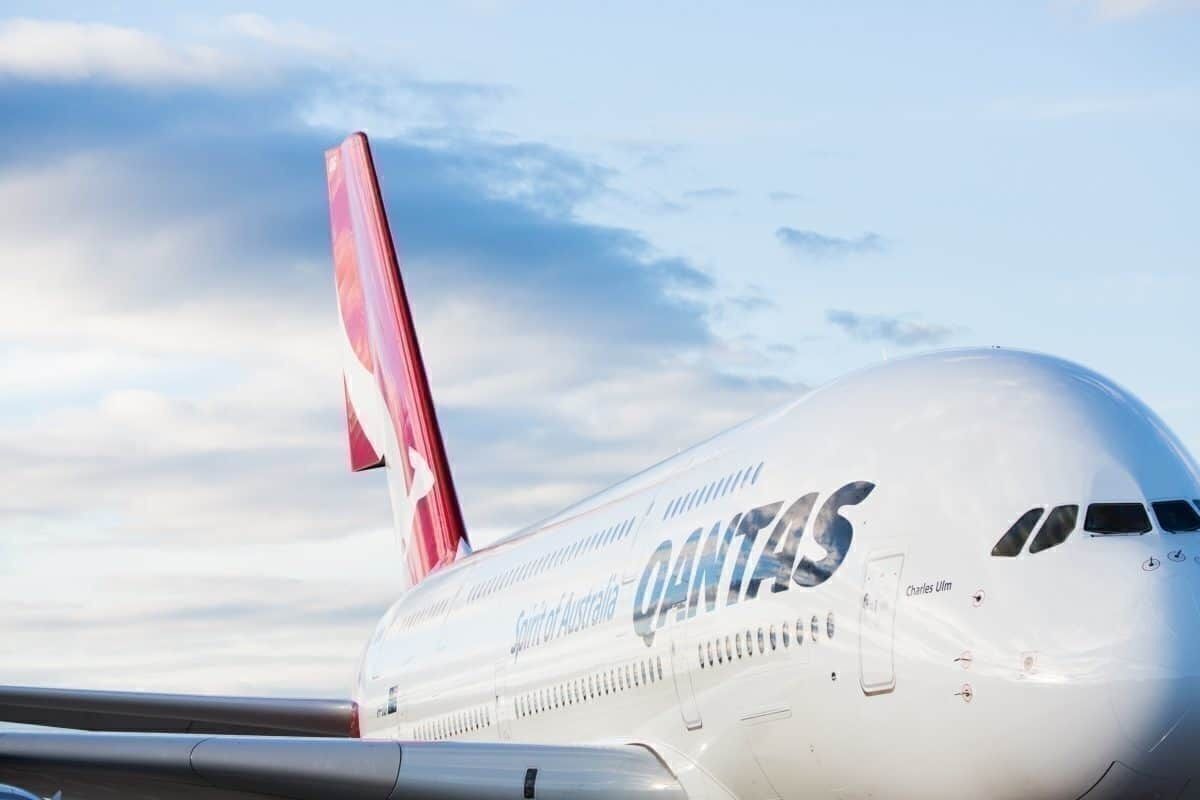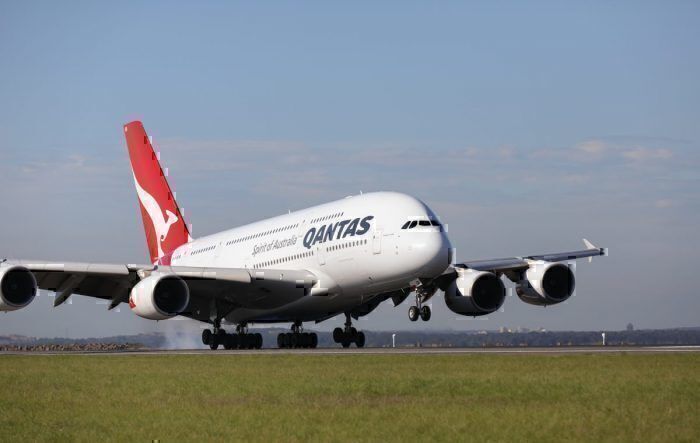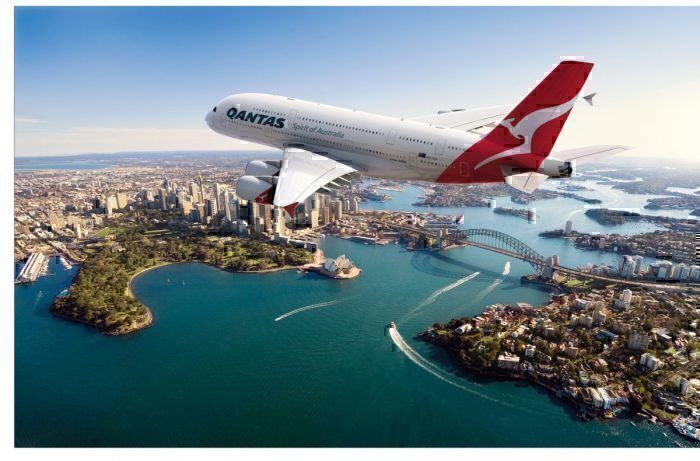With everyone talking about Project Sunrise, research flights, Dreamliners, and pickle forks, some standout performers in the Qantas stable sneak under the radar. One of those standout performers is QF7/8, the A380 Sydney - Dallas - Sydney service. In the year ending 30 June 2019, this six-day a week service made Qantas a lazy USD$428 million in revenue.
In the same period, total revenue for Qantas international operations was USD$5.132 billion. Qantas flies to 27 destinations in 14 countries. Some cities, such as Auckland or Singapore, have multiple city pairings operated by Qantas. But this one route, a 17-hour nonstop slog in an aircraft many decry as uneconomic to operate, brought in over 8% of total revenue for Qantas' international operations last year. That's not bad for a route that raised some eyebrows when initiated back in 2011.
Crunching the numbers
A report in the Dallas Morning Herald helpfully points out that the USD$428 million breaks down to USD$628,000 per flight. Qantas operates a six-day a week service between Sydney and Dallas using a 485 seat A380. Unsurprisingly, this service is going daily in 2020. Over the same time period Qantas made that revenue figure, they carried 232,570 passengers on the route with a seat utilization rate of 81.7%. The average revenue per passenger was USD$1,598.
Of course, that last figure seems a bargain to what some passengers pay on the route. Looking at QF7 in one month out on the Qantas website, fares start at USD$660 and go north to USD$8,030 if you'd care to sit in the best seats. Qantas is busy refurbishing its fleet of A380s and the refurbished planes are premium seat heavy and will tilt average revenue per passenger upwards. Fares start at USD$4,850 if you would prefer one of Qantas' Business Suites.
What makes this route work?
So why does this route work so well for Qantas? While there are peaks and troughs, transpacific flights have generally performed well for Qantas and other competing airlines. Passenger loads have historically been good, although overcapacity has lead to discounting, impacting upon the airlines' bottom lines.
Right now, the demand for flights between Australia and the USA seems almost insatiable. Load factors are excellent and airlines are rolling out new flights. United Airlines has just kicked off its Melbourne - San Francisco flights. Qantas is starting to fly between Brisbane and San Francisco and Brisbane and Chicago next year. Air New Zealand is going to start New York flights in 2020. And even American is getting in on the act with new flights to Christchurch. There are some rich pickings for the airlines right now.
But when the flights to Dallas started seven years ago, Qantas was riding out the tailwinds of the GFC. A freshly minted open skies agreement between Australian and the USA was seeing a lot of capacity coming onto the market. Qantas was then losing money on its Sydney - San Francisco route and according to Qantas CEO at the time, Alan Joyce (ubiquitous, even back then), switching to Dallas made sense.
Qantas dumped San Francisco for Dallas
So Qantas dropped San Francisco (since resumed) and sent its 747-400s into Dallas Fort Worth. Qantas has long enjoyed a tight working relationship with its Oneworld partner, American Airlines. Dallas had the advantage of offering significantly more connections and faster transfers between Qantas and American Airlines flights than at say, LAX.
At the time, Qantas reckoned it was two hours faster to get to New York via Dallas than via LAX. Things have changed since then but the extensive codeshare agreement between the two airlines means that plenty of passengers still get funneled between the airlines at Dallas, financially benefiting both airlines. This codeshare arrangement has grown over the years.
While the bulk of Qantas passengers transferring onto AA flights at DFW are heading to the US east coast, American's flights down into Central and South America from Dallas also draw passengers onto QF7/8.
Some intangible factors also at play
There are other less tangible factors at play here as well. Lots of passengers, especially those in the economy cabin (and let's face it, that's most passengers) prefer the larger and roomier A380 over the 787-9s Qantas now deploys to its other North American destinations.
Premium passengers, particularly business class passengers, might normally prefer the 787-9s and travel via Los Angeles. But now the A380s are being refurbished and the A380 business class product upgraded, the 787-9 Los Angeles services will lose some edge there.
Los Angeles is also an issue for many US-bound passengers. While US immigration is US immigration wherever you land, LAX has a particularly notorious reputation. There's a lot of people who would prefer to be processed elsewhere, doesn't matter where, in order to avoid Los Angeles.
There are quite a few reasons why the Dallas route works for Qantas. Some are within Qantas' control and some are external to it. Some are just luck - right place, right time kind of thing.
But with its European destinations down to one and its US destinations up to five, it's clear where Qantas sees its future.



